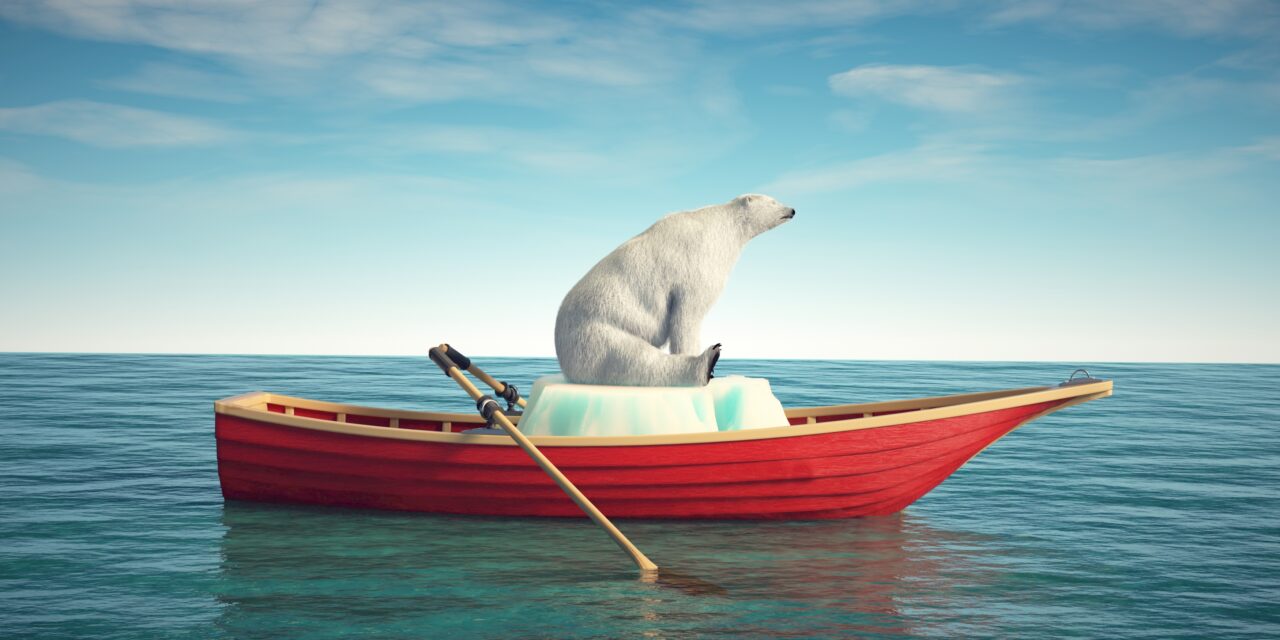I was recently seated at a table full of pediatricians and asked if things have gone back to normal for them in this post-COVID era.
One of the doctors shared that a patient had recently confided a desire to kill himself, and when asked why, the teenager began lamenting the so-called climate crisis.
Just after World War II, the poet W.H. Auden wrote a piece titled, “The Age of Anxiety,” which chronicled man’s sense of isolation and confusion in an increasingly industrialized world.
Anxiety can manifest in every era and at every age. Why else would the apostle Paul have written to the Church at Philippi, “Do not be anxious about anything, but in everything by prayer and supplication with thanksgiving let your requests be made known to God. And the peace of God, which surpasses all understanding, will guard your hearts and your minds in Christ Jesus” (Phil. 4:6-7).
Yet, cries of calamity are coming our way daily. From fabricated climate claims to warnings about overpopulation, providing a free microphone via social media has been a boon for the gloom-and-doomers of our day.
Earlier this week, The View’s Sunny Hostin attempted to tie together New York’s earthquake, the solar eclipse and the coming cicadas.
“All those things together would maybe lead one to believe that either climate change exists or something is really going on,” she told her television audience.
She wasn’t joking.
Of course, she was right about one thing. Something is going on, and it’s called life within a fallen world.
Only modern-day so-called climate prophets have been consistently wrong for decades. Not only have their dire warnings not materialized, but by a wide variety of measures, life on earth has gotten better.
Climate activists have warned about a coming dirty planet unable to feed a burgeoning population. Stories that highlight these claims usually feature photos of a drought-stricken area of the world or a skyline enshrouded in smog.
In fact, the air we breathe is cleaner and the food we produce and consume is more plentiful. Rising prices can often be attributable to a host of new and costly regulations that are often cosmetic and controversial and the effectiveness of which is debatable.
The pediatricians with whom I was visiting pointed out that children’s attitudes and anxieties often reflect their parents’ struggles. Initially, children mirror their moms and dads’ philosophies. As such, any talk about rising anxiety in children points to an escalating issue with adults.
One of the great ironies attached to escalating anxiety is that Christians have long been the ones blamed and stereotyped for stoking it. We’ve all seen the cartoon of the guy standing on the corner with the sandwich board sign warning, “The End is Near!” The individual is usually depicted as a religious zealot.
To be fair, writers in the Old Testament like Jeremiah were often labeled “prophets of gloom and doom” – but their warnings weren’t about a rising sea but instead sin and lost souls.
Today, it’s the secularists who are the real doomsayers. They’re not warning about what comes next after this life, but about what they claim is coming much sooner. Even though it never materializes, they’re somehow still given the platform and microphone.
In 2018, Swedish teenager and media darling Greta Thunberg claimed we had just five years left if we didn’t enact various policies. The policies weren’t enacted – and Thunberg wound up deleting her tweet.
C.S. Lewis’ classic take on managing anxiety was practical. Writing at a time when the threat of a nuclear holocaust seemed likely, he wrote:
If we are all going to be destroyed by an atomic bomb, let that bomb when it comes find us doing sensible and human things — praying, working, teaching, reading, listening to music, bathing the children, playing tennis, chatting to our friends over a pint and a game of darts — not huddled together like frightened sheep and thinking about bombs. They may break our bodies (a microbe can do that) but they need not dominate our minds.
Of course, the very best news for the Christian is that the end, whenever it comes, is not just good news, but the best news of all.
Image from Shutterstock.






